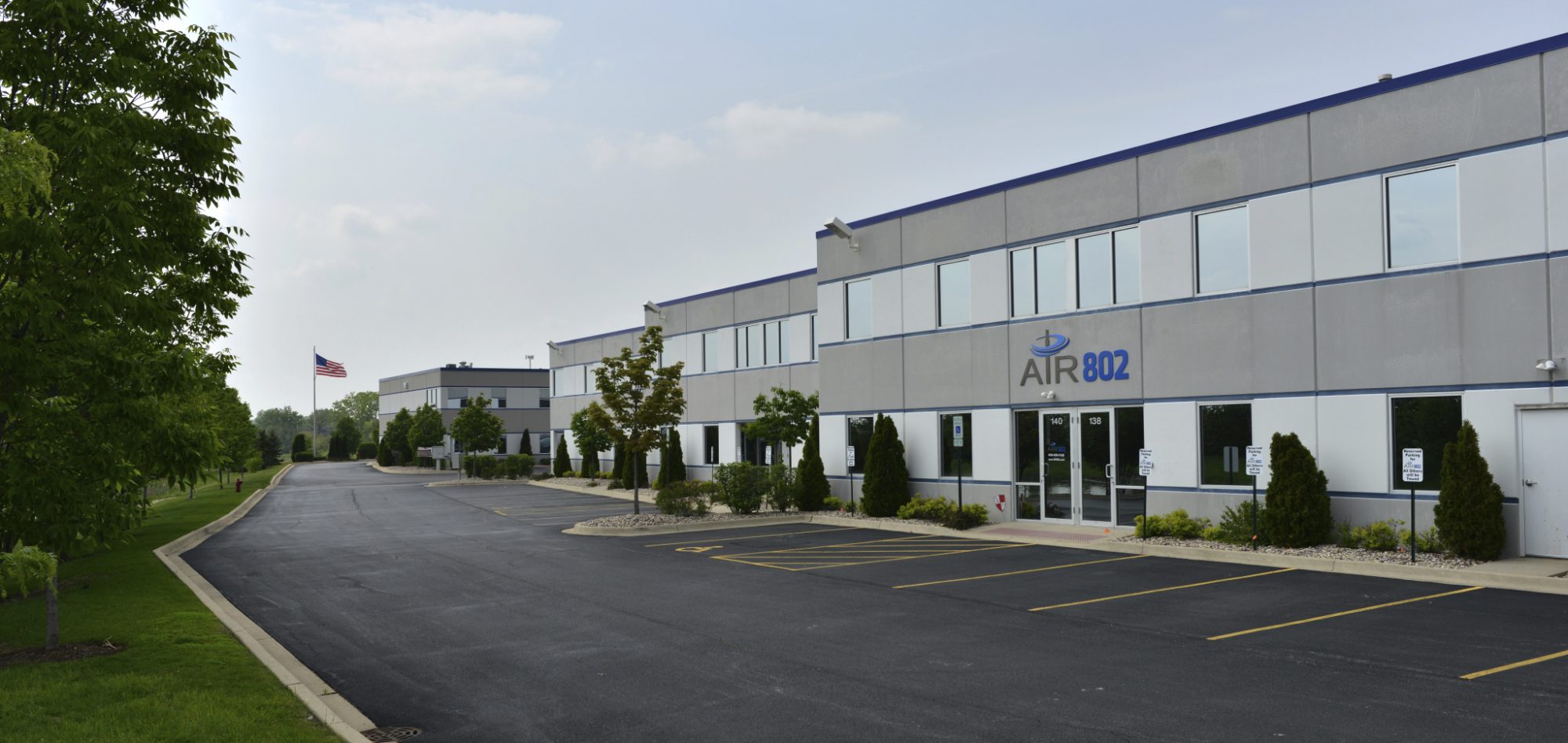This Month:
Career Professionals vs Mediocre or Outright Incompetence

The ancient Greek society over 25 centuries ago followed strict specifications and applied qualitative control in the materials that they used in building their society. The Japanese after World War II implemented quality assurance programs.
Today western nations generally pursue quality based production versus typical low cost and less quality based products from the Far East, notably China. This certainly provides purchasing choices in our society.
In this discussion we are narrowing the focus to networking technology, wired or wireless. These networks on any given day may have hundreds or even thousands of users accessing them for voice, data or video transmissions. Throughout the history of telephone companies they engineered, constructed and maintained high quality for reliability. This included significant training on employees. One could imagine that in today’s networks with vast amounts of information flowing that the quality of networks is even more critically important.
Yet, AIR802 in hundreds of conversations daily with customers is shocked by the lack of knowledge, education, or outright concern for quality often out of sheer ignorance. This certainly is cause for concern about our society. In a 2016 report, “Best Countries for Education” by US News and World Report, Germany was ranked first, with Canada in second place and the United Kingdom in third place. The United States came in as fourth place.


Daily we see customers whom have purchased cheap low cost coaxial connectors only to discover numerous issues. Or those who purchased low cost antenna cables from a non-brand quality manufacturer, which are almost always poor quality cable and low cost Chinese connectors. The common comment “it works” certainly shows the level of ignorance. When asked if they tested it or had a test report from the manufacturer and the answer is always no, but that they had signal.
Or how about those that purchased the $0.90 Ethernet Cat5e or Cat6 patch cords versus the $3.50 patch cord and made the comment “it works”. Incredibly they don’t realize the critical importance of the UL safety mark (or lack thereof) or “ETL Verified” or other 3rd party performance guarantee. Worse they don’t understand what is happening to the data transmission throughput in the networks where these products are utilized.
We will discuss each of the types of examples in more detail in future articles and outline the issues behind each. The old adage that “you get what you pay for” certainly holds true, especially in networking.
There are certainly many professionals that understand the critical nature of quality in building and maintaining networks. However all too often there is a serious lack of knowledge leading to poor choices. AIR802, as a quality based manufacturer, will do our part in trying to provide education material. However it will take a shift in attitudes at a larger scale to get folks to spend the time and money to learn the needed fundamentals.





